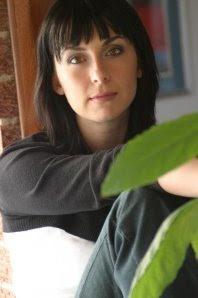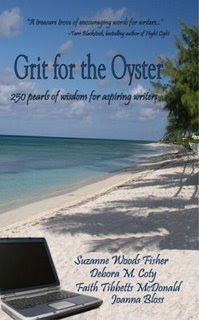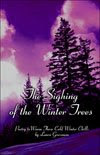Of the 32 entrants into the Pemberley by the Sea giveaway, Randomizer.org selected #28.
The winner of her very own copy is. . .
Janel from Janel’s Jumble
Thanks to all who entered. Stay tuned for the winner of The Green Beauty Guide.
If you have entered, do so now. Here’s the link.
https://savvyverseandwit.com/2008/12/of-32-entrants-into-pemberley-by-sea.html






 Thanks to the authors–
Thanks to the authors–








 Laura Grossman’s
Laura Grossman’s 





